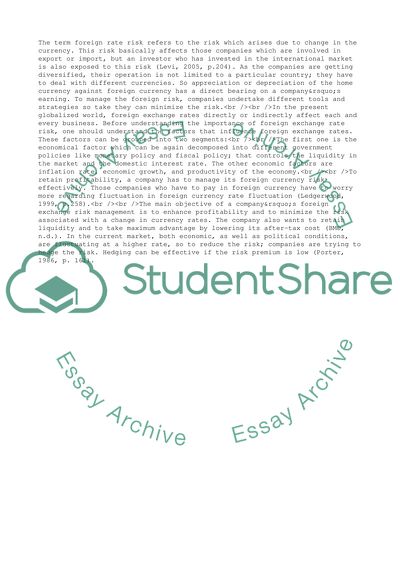Cite this document
(Foreign Exchange Rate Risk Coursework Example | Topics and Well Written Essays - 2250 words, n.d.)
Foreign Exchange Rate Risk Coursework Example | Topics and Well Written Essays - 2250 words. https://studentshare.org/business/1729875-financial-management-uk-listed-companies-manage-foreign-exchange-rate-risk-effectively-but-in-different-ways
Foreign Exchange Rate Risk Coursework Example | Topics and Well Written Essays - 2250 words. https://studentshare.org/business/1729875-financial-management-uk-listed-companies-manage-foreign-exchange-rate-risk-effectively-but-in-different-ways
(Foreign Exchange Rate Risk Coursework Example | Topics and Well Written Essays - 2250 Words)
Foreign Exchange Rate Risk Coursework Example | Topics and Well Written Essays - 2250 Words. https://studentshare.org/business/1729875-financial-management-uk-listed-companies-manage-foreign-exchange-rate-risk-effectively-but-in-different-ways.
Foreign Exchange Rate Risk Coursework Example | Topics and Well Written Essays - 2250 Words. https://studentshare.org/business/1729875-financial-management-uk-listed-companies-manage-foreign-exchange-rate-risk-effectively-but-in-different-ways.
“Foreign Exchange Rate Risk Coursework Example | Topics and Well Written Essays - 2250 Words”. https://studentshare.org/business/1729875-financial-management-uk-listed-companies-manage-foreign-exchange-rate-risk-effectively-but-in-different-ways.


